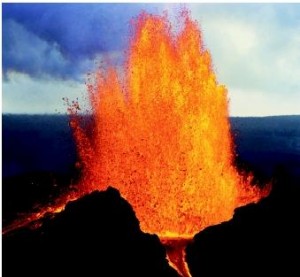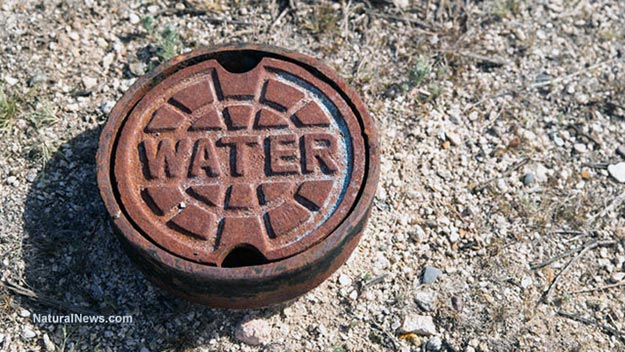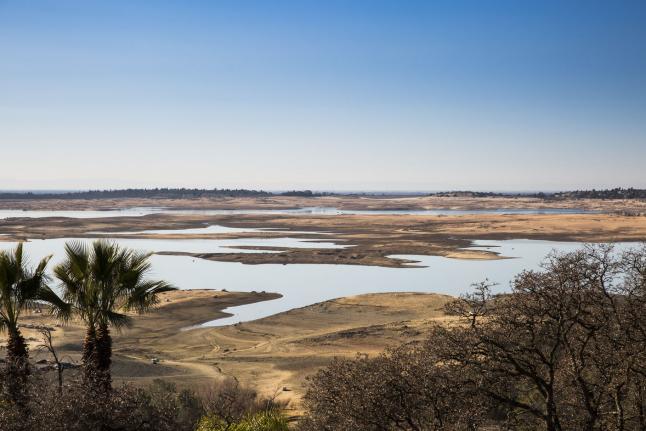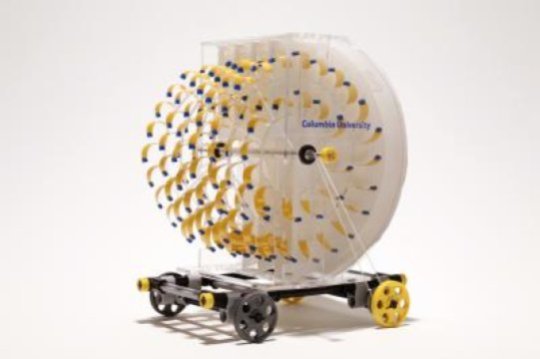A volcano is a place on the Earth from which magma and gases associated with magma flow through the Earth’s crust onto the surface, whether on land, in shallow waters along the shoreline, or under the sea. Scientists estimate that there are tens of thousands of active and dormant volcanoes on Earth, and thousands more extinct volcanoes.
 Water and volcanoes are closely linked. Water plays significant roles throughout the “life cycle” of magma: from its production deep within the Earth, to its fiery escape at a volcano, to its final cooling.
Water and volcanoes are closely linked. Water plays significant roles throughout the “life cycle” of magma: from its production deep within the Earth, to its fiery escape at a volcano, to its final cooling.
Water Introduction via Plate Tectonics
The making of a volcano requires magma, and the making of magma requires heat. In other words, rock that is deep within the Earth must melt before a volcano can form.
Most of the Earth’s interior, although hot, is solid. From experiments it is known that water decreases the melting point of rock. If water is introduced to regions deep within the Earth, then solid rock there may begin to melt. Read more











